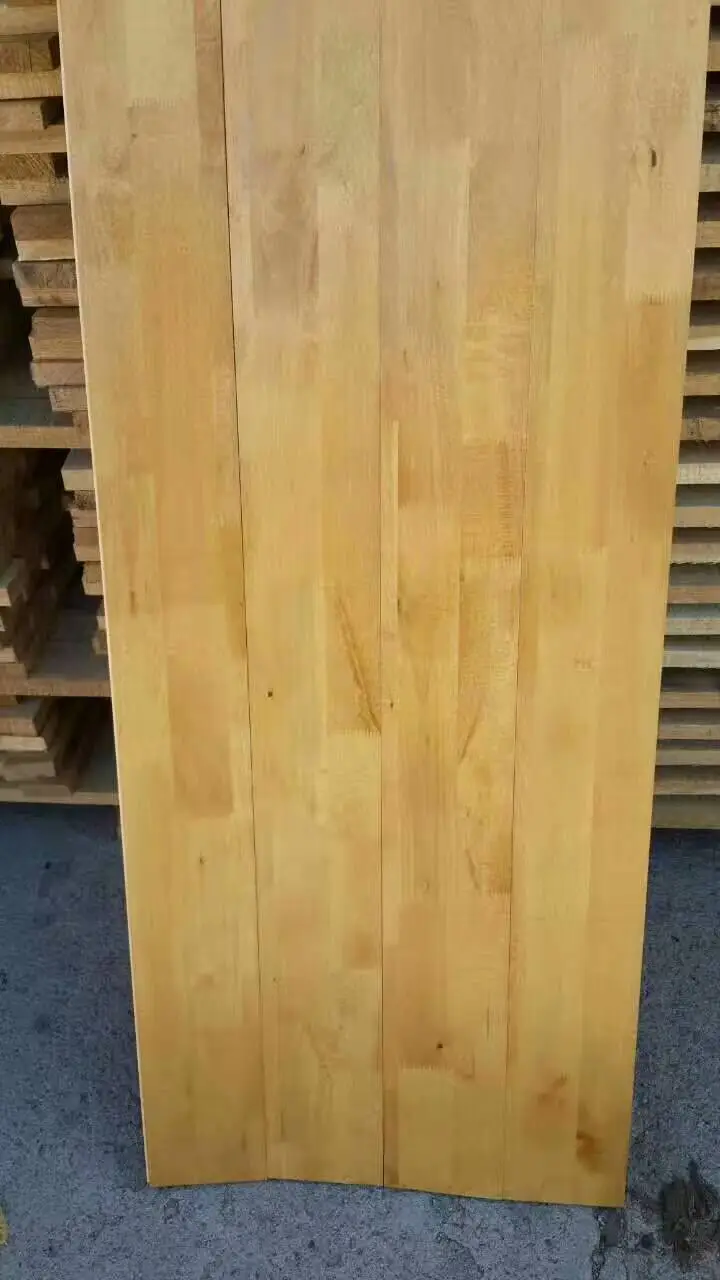How to Spot Low-Quality Sports Flooring: A Consumer Guide to Making Informed Choices
Choosing the right sports flooring is crucial for any gym, basketball court, or indoor athletic facility. Poor-quality sports wood flooring can negatively impact performance, cause injuries, and require costly maintenance. Recognizing signs of inferior wood flooring is key to avoiding such problems.

1. Texture and Surface Quality: Feel the Difference
When evaluating sports wood flooring, texture is one of the first things to inspect. A high-quality sports floor should feel smooth and have a slight "bounce" for shock absorption. It should also have a uniform surface, free of visible imperfections or inconsistencies that could affect athletes’ performance.
Tip: Run your hand over the surface—if it feels rough, uneven, or sticky, it’s a red flag. Quality sports flooring should be smooth and offer the right amount of resistance without feeling too slick.
2. Craftsmanship: Consistency is Key
The craftsmanship of sports wood flooring directly impacts its longevity and performance. High-quality wood floors are made from dense, durable wood species that have been carefully engineered to withstand heavy impacts. Additionally, the seams and edges of the planks should fit seamlessly to prevent gaps, which can cause discomfort and injury to athletes.
Check the joints and surface treatment carefully. Poorly constructed flooring will show signs of wear more quickly, and the installation process will often reveal flaws in the planks themselves.
Tip: Use a flashlight to inspect the seams and edges of the planks. Gaps or misalignment should not be visible in a well-made floor.
3. Brand Reputation: Trustworthy Brands Deliver Results
The reputation of a brand is often a good indicator of the product’s quality. Established brands in the sports flooring industry conduct extensive research and testing to ensure their products meet specific performance standards, such as resilience, shock absorption, and durability. These brands are more likely to offer warranties and reliable customer support.
Avoid off-brand or unproven manufacturers, as they may offer lower prices but sacrifice essential features like impact resistance and stability.
Tip: Research the brand's reputation, look for certifications such as FIBA (International Basketball Federation) certification, and read customer reviews. A trusted brand will provide peace of mind for long-term use.
4. Finish and Coating: Durability Beyond the Surface
The finish on sports flooring plays an essential role in protecting the wood from wear and tear caused by high-impact activities. A high-quality finish will ensure that the wood remains resistant to scratches, spills, and wear while maintaining its aesthetic appeal. Cheaper finishes wear off more quickly and expose the wood to the risk of damage.
Tip: Inspect the surface under different lighting. A dull, chipped, or worn finish can indicate that the floor has not been properly sealed or treated. High-quality floors have a smooth, consistent finish that protects the surface.
5. Price vs. Quality: Don’t Choose the Cheapest Option
When it comes to sports flooring, the cheapest option often isn’t the best. Low-cost sports wood flooring may cut corners on materials, construction, or finishing, which can result in problems like warping, discoloration, or inadequate shock absorption. A high-quality sports floor might be a bit more expensive, but the benefits in terms of durability, performance, and long-term savings far outweigh the initial cost.
Tip: Set a realistic budget based on your specific needs. Don’t sacrifice quality for a lower price tag—it could cost you more in the long run.
Investing in quality sports wood flooring is essential for both performance and safety. By paying attention to texture, craftsmanship, brand reputation, finish, and pricing, you can avoid the common pitfalls associated with inferior products. A little extra research today can save you significant time, money, and hassle down the road.